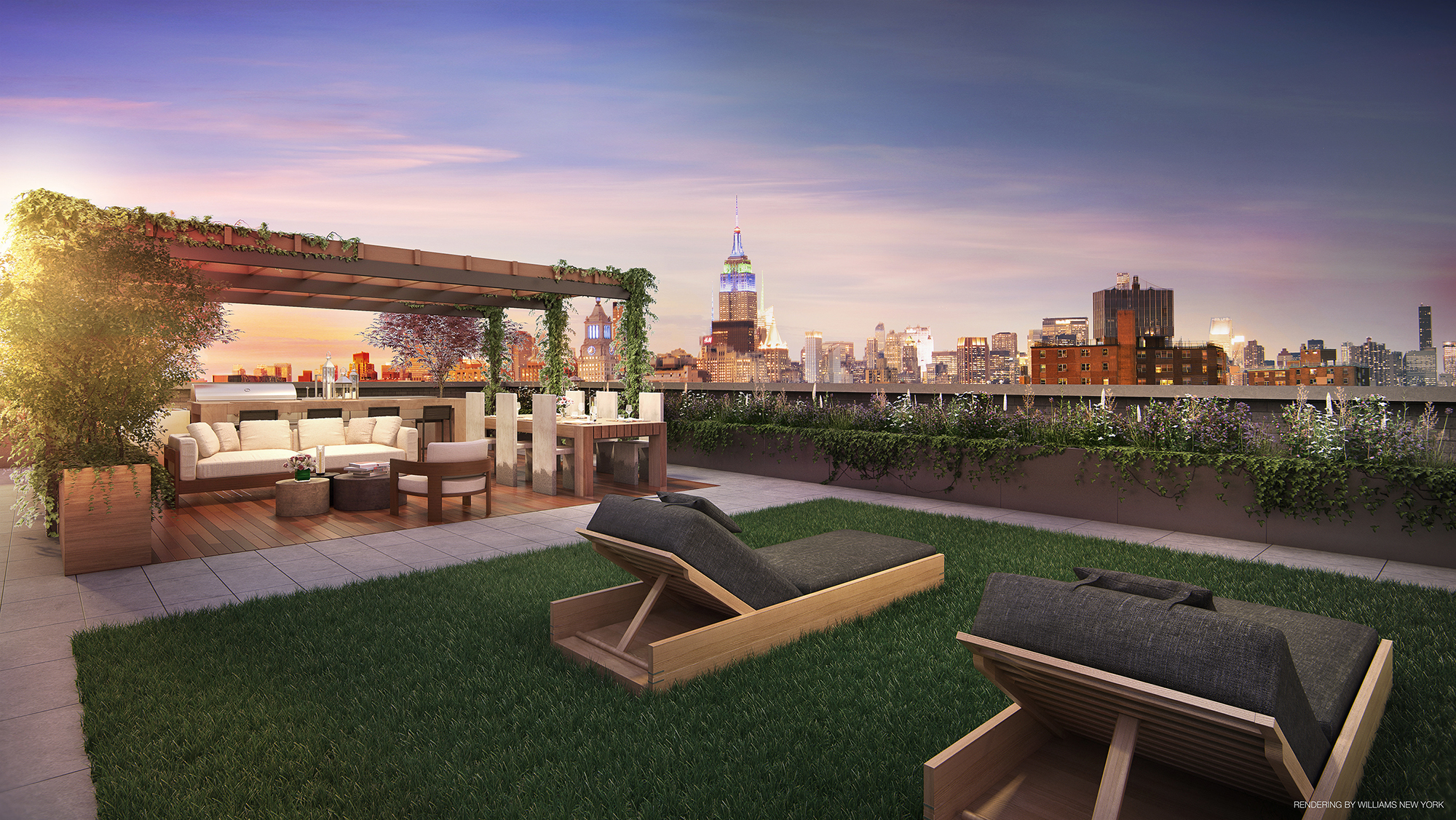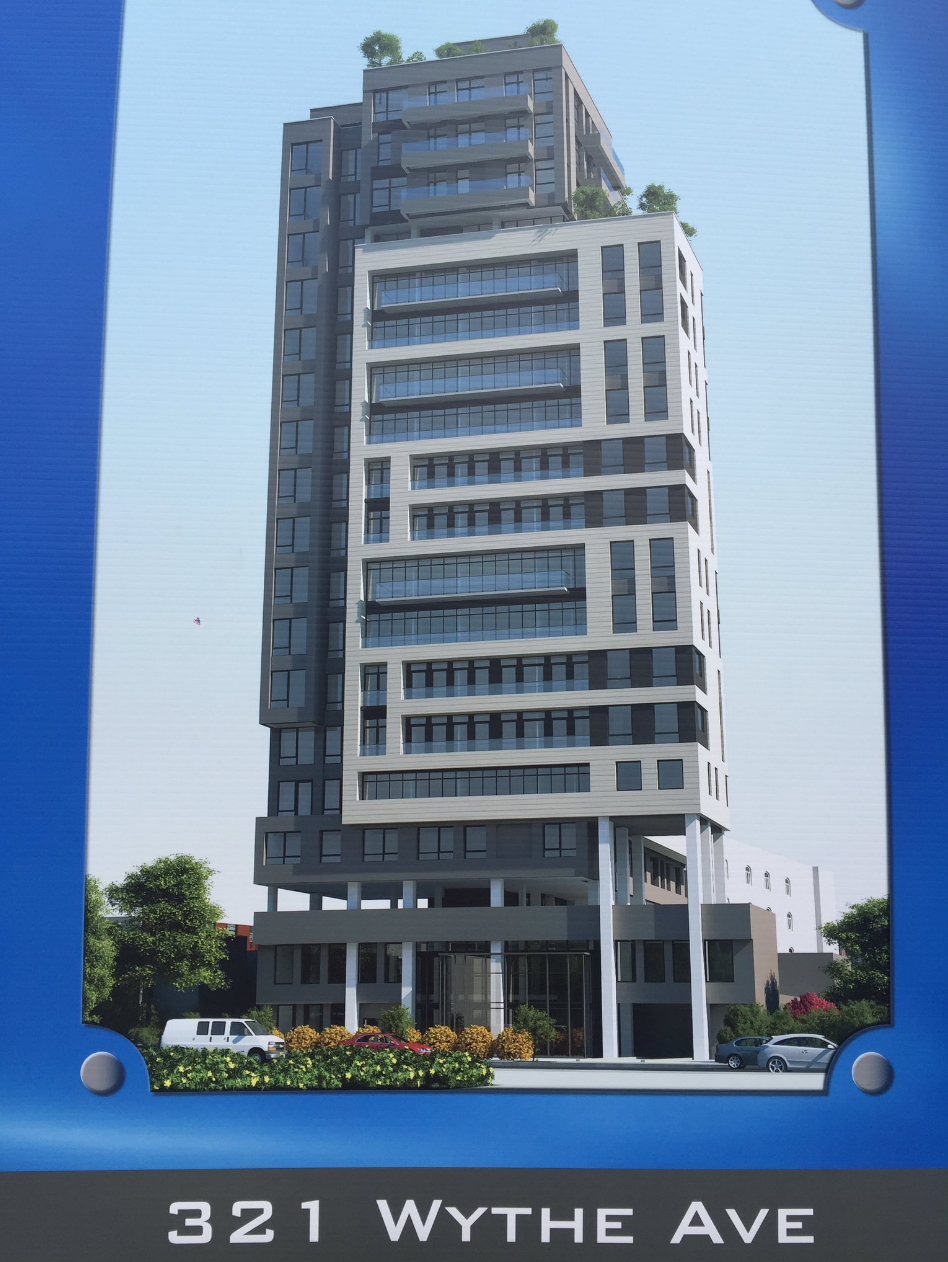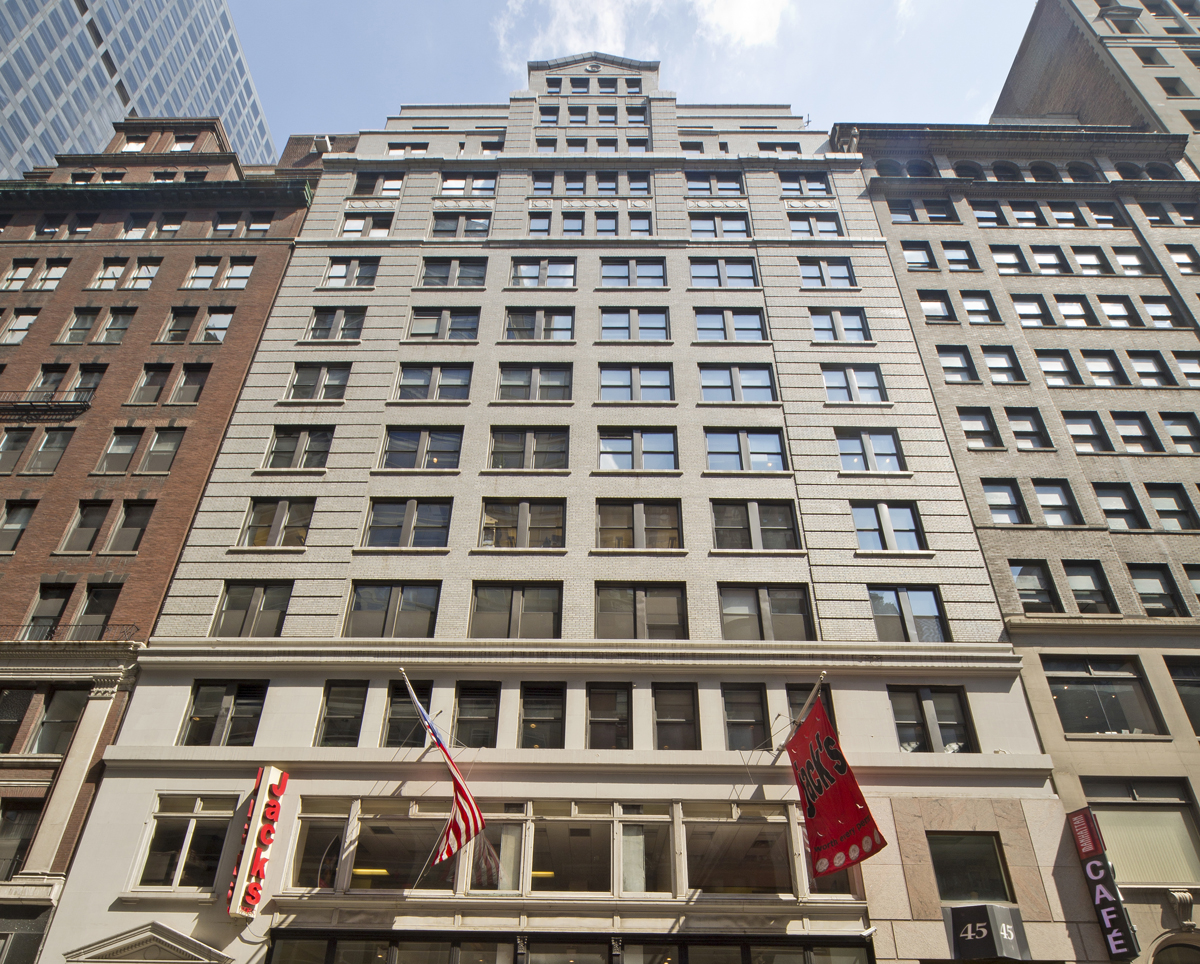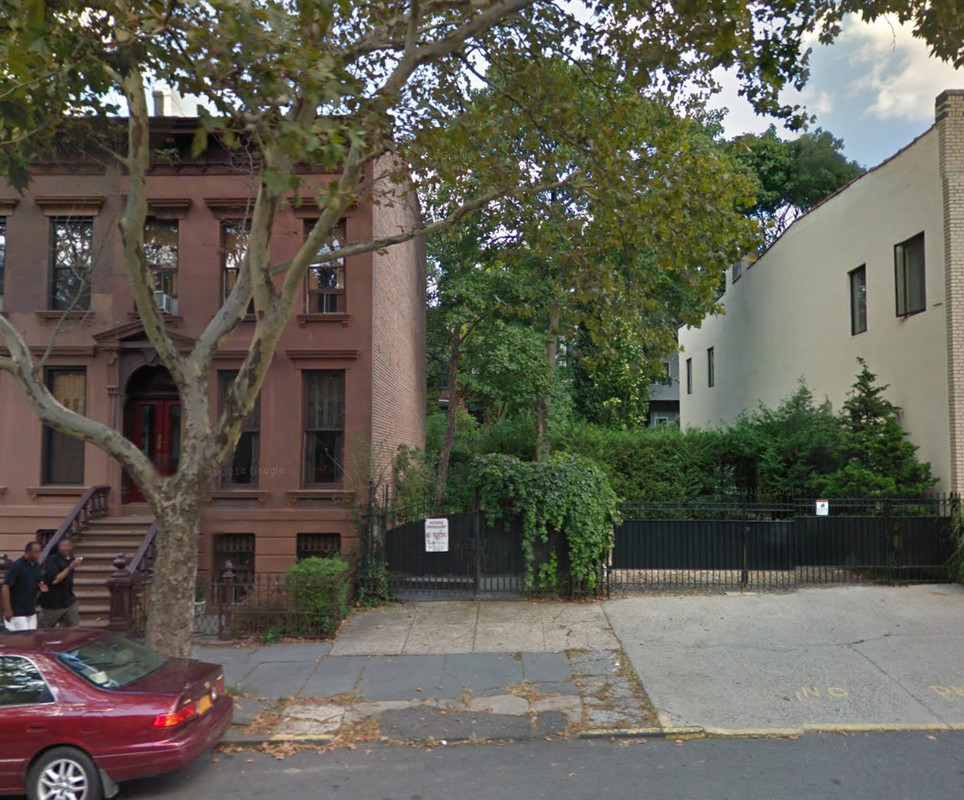Gov. Cuomo Unveils Designs for Future of New York City Subway
Gov. Andrew Cuomo has revealed the design for New York City’s 1,025 newly crafted subway cars, in addition to unveiling plans to renovate and upgrade 31 subway stations throughout the city. The details were presented on New York State’s website. Of the 1,025 new subway cars, 750 of them will boast accordion-like connectors to increase capacity, a configuration known as open gangway. The doors will also open wider, increasing from 50 inches in width to 58 inches, enhancing the flow of passengers. Other changes to the exterior include a slightly redesigned front with larger windows, LED headlights, and blue coloring. Amenities in the interior include Wi-Fi, USB charging stations, new digital displays and advertising, and security cameras.





